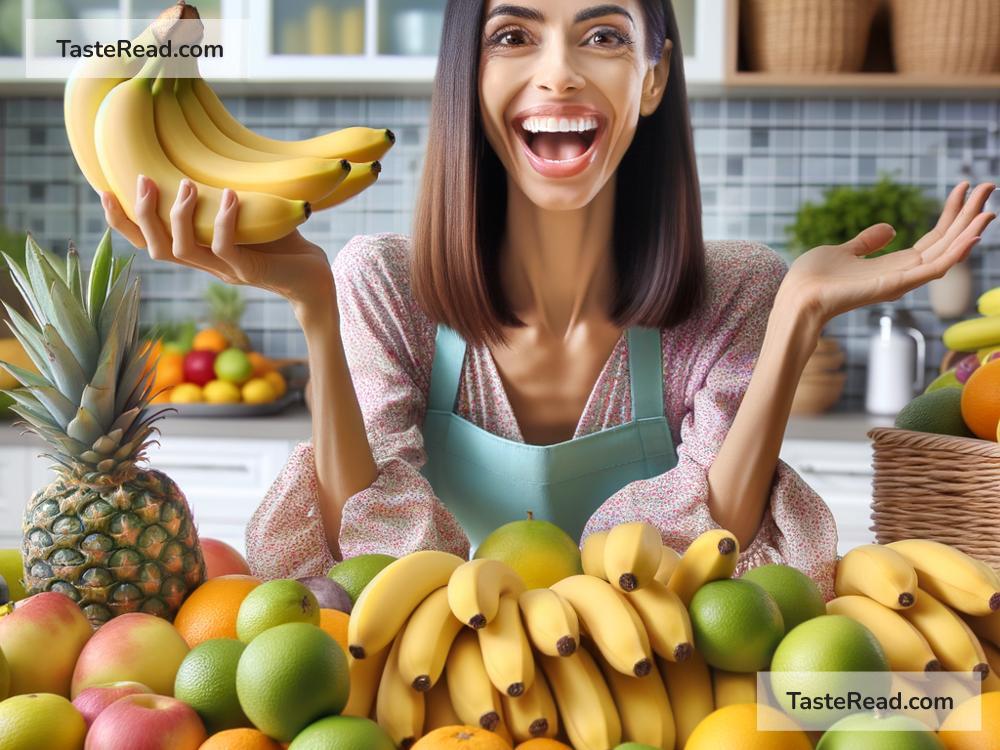How Bananas Became Emblems of Happiness
Bananas are one of the most loved fruits around the world. They are not just tasty and healthy; they are also symbols of joy and happiness. But have you ever wondered how bananas became connected to happiness? It’s a fun story that involves history, culture, science, and a whole lot of laughs.
Bananas: A Happy Snack
Before we dive into history and culture, let’s start with the basics. Bananas are sweet, filling, and easy to eat—whether at home, at work, or while running errands. Unlike some fruits, bananas don’t require peeling devices or tools; you simply use your hands. Eating a banana feels natural and straightforward, and this simplicity might be why people associate bananas with comfort.
On top of that, bananas contain mood-boosting nutrients. They are rich in vitamin B6, which helps produce serotonin—a chemical in the brain that contributes to feelings of happiness and relaxation. Bananas also have natural sugars that give us quick energy, making them perfect for a mid-day snack. So, there’s some science behind why bananas make us smile!
The Role of Pop Culture
Bananas began earning their cheerful reputation through pop culture, especially entertainment. One of the most famous examples is the banana peel gag in comedy routines. Whether it’s an old cartoon or a silent-era film, slipping on a banana peel has been used to make audiences laugh for decades. The absurd image of someone losing balance and falling because of a harmless fruit adds humor to any scene.
In the 1920s and 1930s, bananas became part of popular songs and dances too. One memorable example is the hit song “Yes! We Have No Bananas,” which was released in 1923. Although the song itself is playful, it sparked joy during difficult times for many people across America, who faced economic struggles. The catchy tune and funny lyrics made bananas a symbol of lighthearted fun.
Cartoons and movies have also contributed to the banana’s happy reputation. Think about characters like Minions from the Despicable Me series, who are obsessed with bananas. Watching these goofy yellow creatures dance, sing, and shout “Banana!” makes almost everyone chuckle. From slapstick humor to animated silliness, bananas somehow became a key ingredient in joy-filled entertainment.
Bananas in Advertising
The banana’s association with happiness didn’t stop with movies and songs. Companies quickly realized how positive and cheerful bananas could be. In advertisements, bananas are often shown as symbols of health and vitality. For example, campaigns from brands like Chiquita used smiles and catchy jingles to connect the image of bananas with joy. Their famous “Chiquita Banana” song encouraged people not only to eat bananas but also to think of them as fun and lively fruits.
The bright yellow color of bananas also plays a role in marketing. Yellow is often associated with happiness, sunshine, and optimism. A bunch of bananas sitting on a counter can brighten up any kitchen, creating a sense of warmth and cheerfulness.
Bananas as Cultural Icons of Positivity
It’s not just companies or cartoons that use bananas to bring good vibes. Bananas have become cultural symbols of joy and playfulness. For example, in many tropical countries, bananas are plentiful and inexpensive. Their accessibility means they’re enjoyed by people of all ages and backgrounds. This shared love for bananas often brings communities together, tying the fruit to celebration and happiness.
In some cultures, bananas are even used in festivals and ceremonies. Their abundant presence can represent prosperity and well-being, spreading positive energy to those who see or share them.
Social media also plays a role in keeping bananas tied to happiness. Funny memes, viral videos, and playful photos often feature bananas as props for humor. Whether it’s balancing a banana on your head or creating a goofy banana dance, the fruit lends itself to creativity and smiles.
A Symbol That’s Here to Stay
So, why do bananas make people happy? The reasons are endless. Their natural sweetness satisfies cravings, while their bright yellow skin reminds us of sunshine. They’ve been celebrated in songs, movies, and advertisements, and shared in cultural traditions. On top of all that, bananas are connected to laughter through comedy routines and goofy stories.
But perhaps the best part about bananas is their simplicity. They don’t need to be fancy or complicated to bring joy—a single bite can brighten your day. Whether you’re eating one for breakfast or sharing a bunch with friends, bananas have an almost magical way of spreading cheer.
Next time you peel a banana, take a moment to appreciate its happy history. It’s more than just a fruit—it’s a small emblem of positivity in a busy world. So go ahead, grab a banana, and smile. After all, happiness might be closer than you think—right in the palm of your hand!


